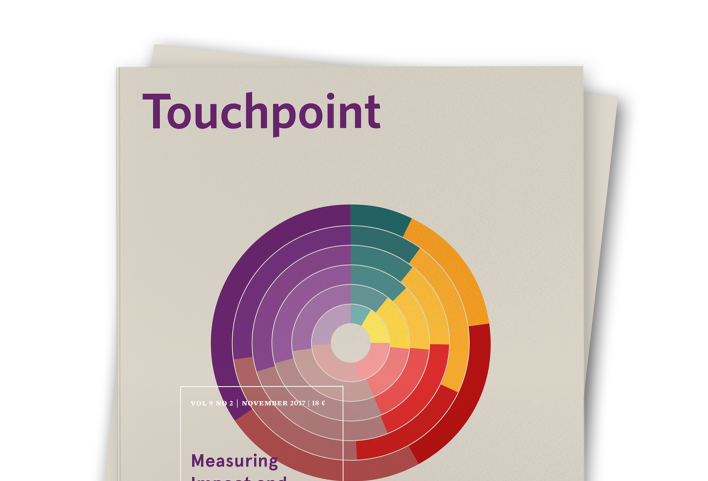
22 Touchpoint articles in this issue
Touchpoint overview

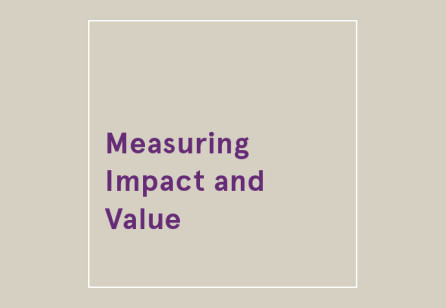
From the Editors
I’ve been lucky enough to have attended quite a few service design conferences over the years, and heard peers in the community stand on stage and share their advice, techniques, questions and insights.
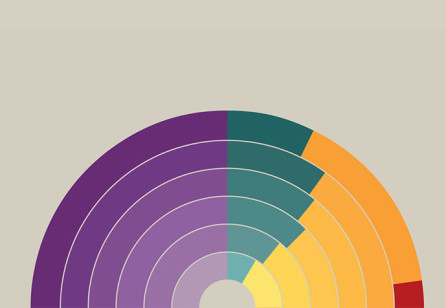
From Journey Maps to Journey Measurement
Journeys are central to the discipline of service design. In fact, my definition of service design is: the envisioning of people’s journeys and the organisations required to support them. But in the years since early service designers pioneered this field, journeys have been adopted by other disciplines, as well — most notably, by the field of customer experience.
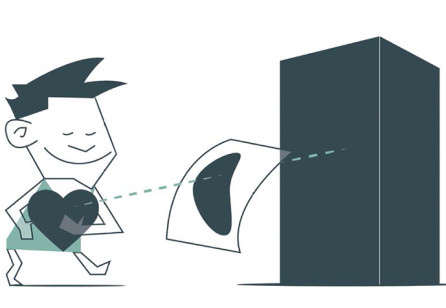
Legal Design: Collaborating with Lawyers to Improve Access to Justice
“The law is meant to create order in society and exists to prevent and solve conflicts in a just way.”
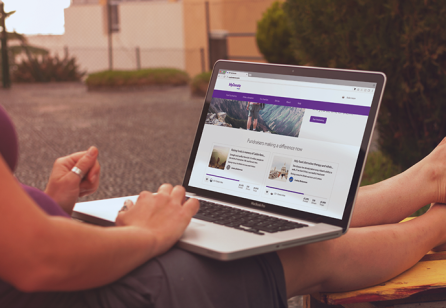
Nudging People to Give Using Behavioural Insights
Donating to charity is often seen as a simple act of generosity done by those who can afford it, but in fact, the amount we donate is not directly correlated with our ability to give, or even to our benevolence. A number of factors play into the web of reasons we may or may not choose to donate in any given situation.
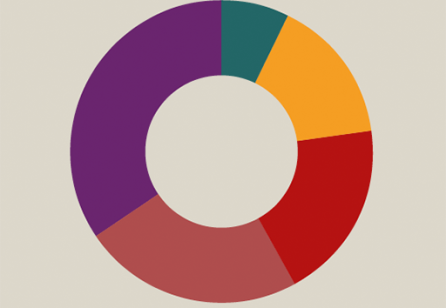
An Iterative, Experience and Practice-led Approach to Measuring Impact
Measuring the impact of service design in a world of public sector management metrics has always been tricky. Social outcomes take a long time to be realised.
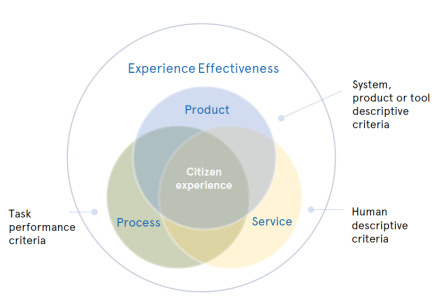
Humanising Frankenstein
Insufficient attention has been paid to developing a systematic method for evaluating the effectiveness of the experiences created by public sector service design. Citizen experiences are at times monstrous: rambling, fragmented and frightening.
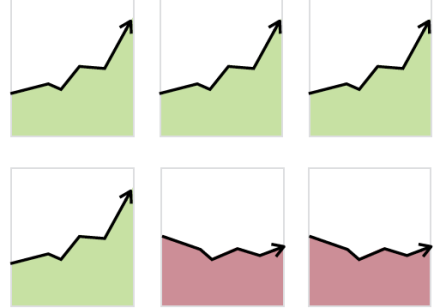
The Three Layers of Service Design Impact
We observed that when a strong business strategy is coupled with great service design, the questions always arise: “How are we going to know if we’re successful? And how do we know if we’re on the right track or when we need to change course?”

You Can’t Manage What You Can’t Measure
Executive leaders we work with subscribe to a basic principle: you can’t manage what you can’t measure! Born from traditional management thinking, this principle does not stop at products: it applies — more so — to services.
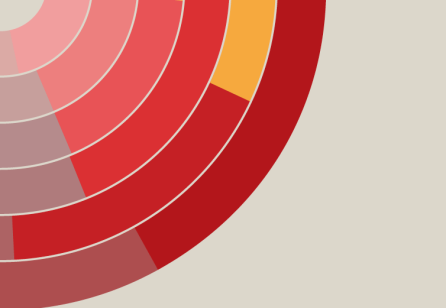
Mind the Gap
All organisations exist in tension between efficiency and innovation. Both are essential for their long-term vitality. And each would consume the other.
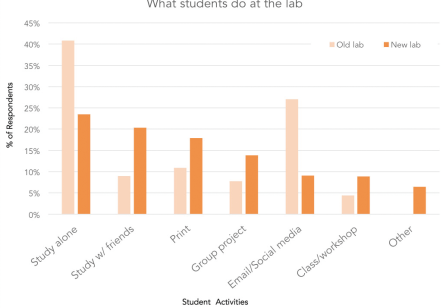
Cracking the Code to Workplace Productivity
The computer is the most powerful productivity tool of our time and arguably the most important tool in the knowledge worker’s toolkit. Can you imagine trying to use your computer without your favourite software application? Without a hard-drive? Or even a dated version of either? Not very productive.
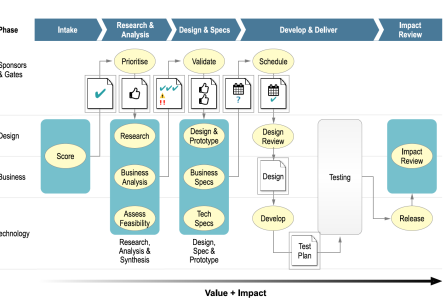
Designing for Impact and Value
Initiating and implementing a change-driven project involves the steering of different activities – from design to business and technology – as well as navigating inside the culture of an organisation. Service designers, business partners and technologists have different responsibilities, different drivers, and use different terms and methodologies in their work.
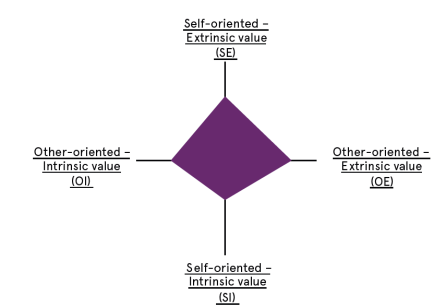
Measuring Design Value of a Differentiated Service Platform
How can a service provider differentiate its products and services in a competitive market situation? Many service providers try to introduce innovative and distinctive ways to deliver their offerings.
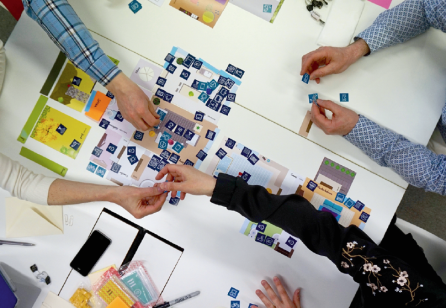
Meeting Service Sandbox
The Service Sandbox is composed of a range of building blocks that represent what creators should consider when co-creating and promoting service experiences in physical spaces. It allows service creators to roam and explore services rather than follow a linear path, opening up possibilities across a range of services within users’ daily routine.
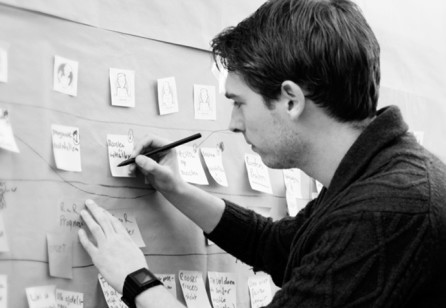
Six Hacks for Service Designers in Agile Settings
Service design is a holistic activity which should align with organisational strategy. What should you do if you find yourself in a Scrum team?
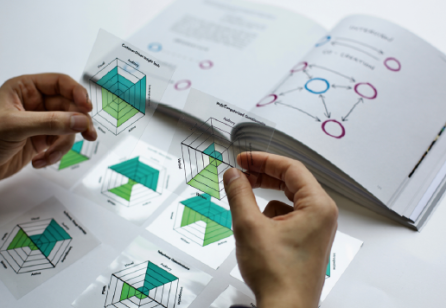
Measurement Beyond Surveys...
Service designers need to collect user feedback throughout various touchpoints in order to create superior experiences. But how? And when? And to what end? The term “feedback” is often heard as a necessary means to gauge the success of a product or service, but it is rarely discussed in-depth or examined in terms of how one actually carries it out to get valuable, comprehensive insights.
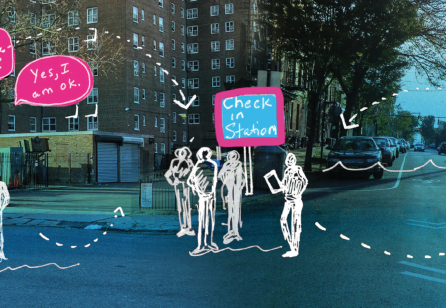
Design Methods for Strengthening Social Cohesion
Using a co-design process, we created a model for a new community-based service focused on disaster preparedness for New York City neighbourhoods most impacted by climate change. The project is designed to bridge the gap between isolated, medically-fragile residents and advanced care/services.
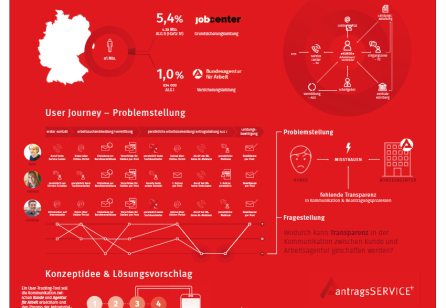
Partnering for Service Design Education
The introduction of service design education at HAWK (University of Applied Sciences and Arts, in Hildesheim, Germany) has been significantly improved in speed and quality through collaboration with industry partners. Both its importance to society and its relevance in design education have been demonstrated in practical outputs based upon real-life briefs and solid theoretical foundations.

Anne Stenros
Last year the SDN launched the first Service Design Impact Report dedicated to the topic of the public sector. Due to its success and enthusiastic reception, the next two editions are already in the making.
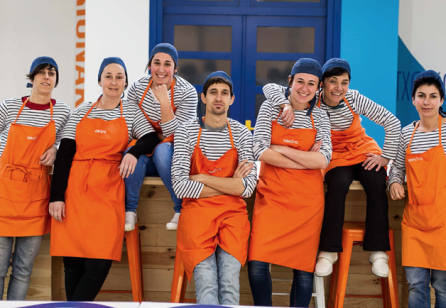
Congratulations to the Service Design Award 2017 Finalists
Out of over 100 agency, corporate and student submissions from around the world, 14 Finalists were selected by an international jury of service design experts due to the exceptional standard of their work and the contribution their projects have made towards progressing the field of service design.
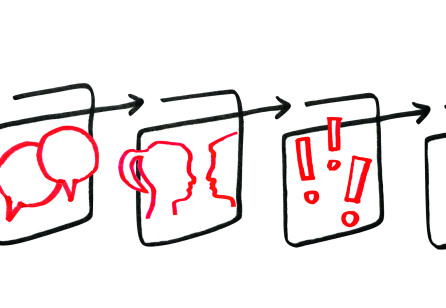
Applying Service Design to the SDN Chapter Foundation Process
After a successful Chapter revival at the end of 2016, the German SDN Chapter has applied service design methods during the building phase to identify its key audiences and tailor the focus of activities and events to their preferences.
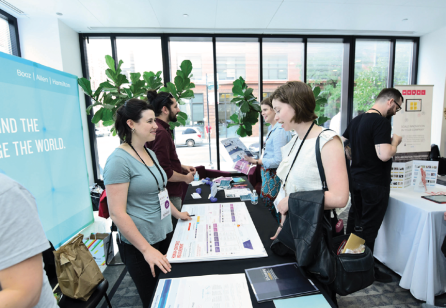
Service Design Within US: The first SDN National Conference in the U.S.
Over 200 participants gathered this summer for the first national SDN conference held in the USA, hosted by the Institute of Design in Chicago.
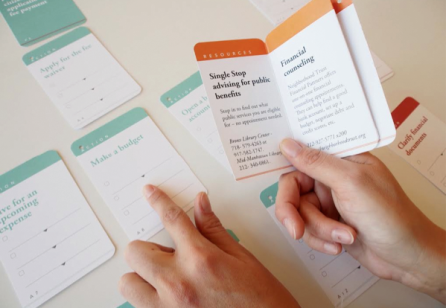
Reflecting on the First SDN U.S. National Conference’s Student Competition
The first SDN U.S. National Conference featured a student show and competition highlighting the wonderful service design work happening in U.S. schools. Sixty students from ten schools submitted 22 projects for consideration.


